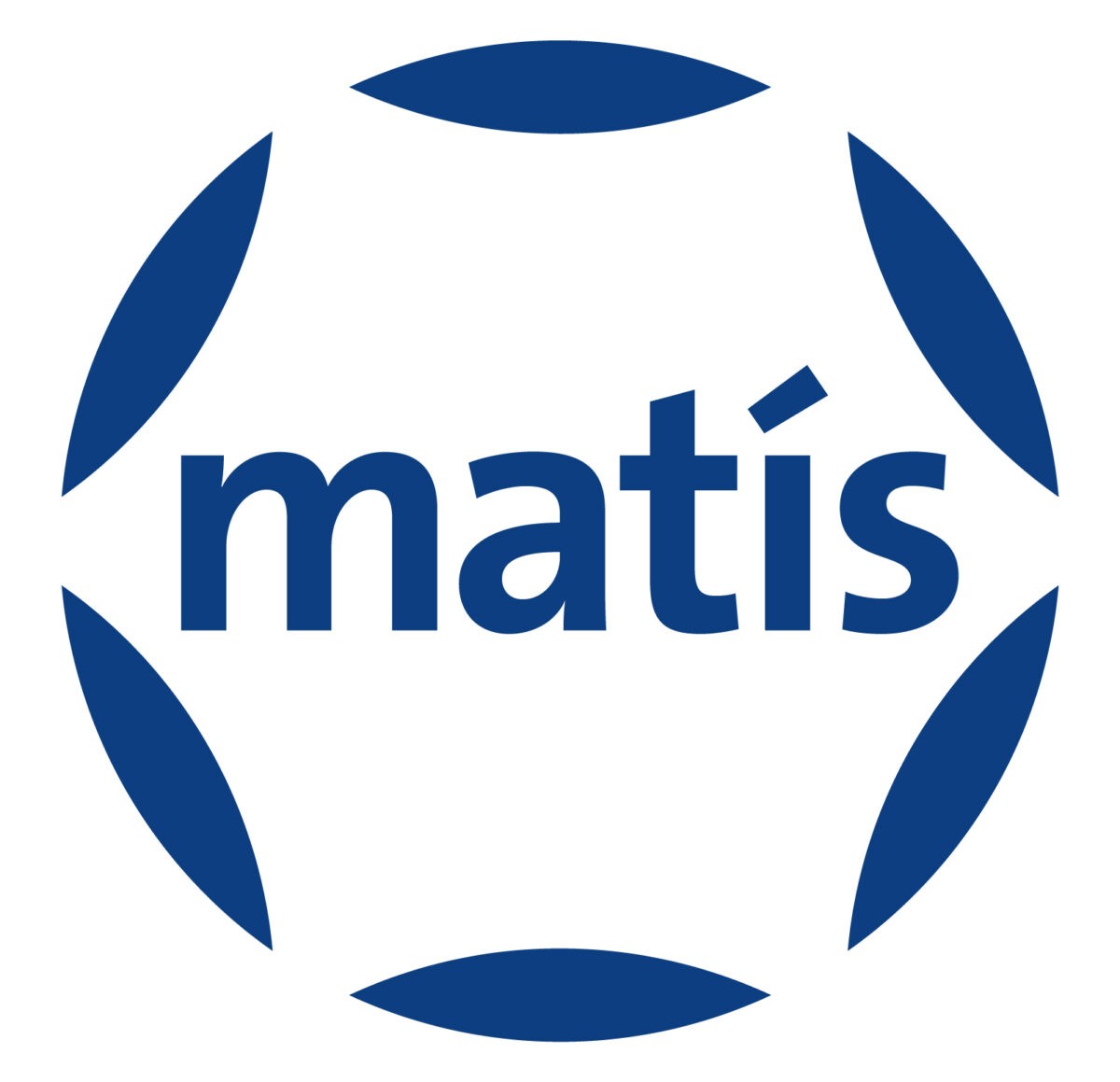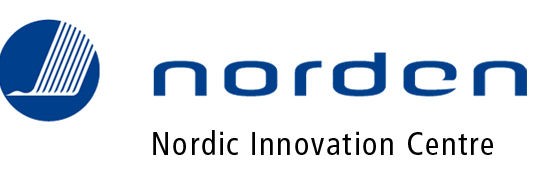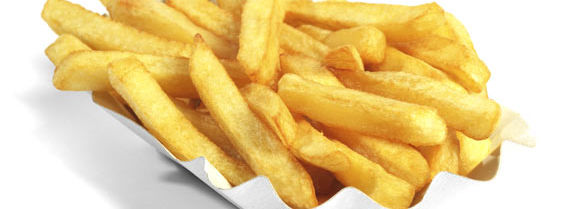The project Arctic Tilapia, which was funded by the Technology Development Fund, was recently completed and was joined by Matís, Arctic Tilapia hf., Iceprotein hf. of Fisk-Seafood hf. The aim of the project was to develop products that make tilapia whitefish farming in a closed fish farm that utilizes cooling water from a large steam power plant economically in Iceland.
In order for this to happen, market channels for products must be available and secure.
The technical objectives were, firstly, to develop a cooling and storage method for fresh fillets that maintains a light reddish tinge and fresh fillets, and secondly, to develop a processing method for salted products for the Spanish market.
Project manager was Emilía Martinsdóttir, Matís ohf.
The aim of the project was to develop products that make tilapia whitefish farming in a closed fish farm that utilizes cooling water from a large steam power plant economically in Iceland. In order for this to happen, market channels for products must be available and secure.
The technical objectives were, firstly, to develop a cooling and storage method for fresh fillets that maintains a light reddish tinge and fresh fillets, and secondly, to develop a processing method for salted products for the Spanish market. Nile tilapia (Oreochromis niloticus) was raised in a renewable water cycle system and filleted and packed in 100% air and aerated packages for storage at 1˚C and -1˚C. The results of sensory evaluation and microbial counts showed that fillets packed in air had a shelf life of 13-15 days at 1˚C and 20 days at -1˚C. In fillets in aerated packages, the total number of micro-organisms was very small after 27 days of storage at both 1˚C and -1˚C. However, aerobic conditions adversely affected the color of the fillets shortly after packing, but the color of the fillets significantly affected buyers' choices. The best storage conditions for tilapia fillets are packing in air and storage at a constant low temperature of -1 ° C. The effects of injection and pickling on the utilization, shelf life and properties of tilapia fillets were investigated. Three product categories were produced: chilled products, frozen products (with insignificant changes in salt content) and lightly salted, frozen products. Utilization increased during spraying and pickling, there was a significant difference in weight changes in frozen fillets and lightly salted fillets due to differences in the salt content of these two product categories.
Tilapia from Canada and China were used in the first experiments of the project. Tilapiu farming began in Iceland at the beginning of the project period after an assessment had been made of the available stocks, as it is important to have a good breeding stock. A strain grown at North American Tilapia INC. Was selected. (NATI) in Canada. The experimental station was commissioned on 15 May 2008 when the juveniles arrived in Iceland. The juveniles had reached slaughter size in November 2008 and the fish was used for experiments after that. The results that the storage capacity could be achieved for up to 20 days at a consistently low temperature during storage and that there was no significant change in the red color on the carcass during filleting during that period give the possibility to ship the product as fresh, refrigerated fillets by ship to the European market. also to USA. In parallel with this research project, a great deal of work has been put into feasibility studies and work on business plans and communication with potential investors and partners in the marketing field. The business plan is being finalized.
List of project results, as well as reports, articles and manuscripts.
Experimental Report 1 - Tilapia fillets protein injection Cyprian Ogombe-September 2008
Experimental Report 2 - Preliminary shelf life studies of iced Canadian tilapia (Oreochromis niloticus) Cyprian Ogombe - August 2008
Graduate student in food science at the University of Iceland Cyprian Ogombe Odoli from Kenya, a former student at the United Nations Fisheries Academy (UNU), graduated in June 2009. Master's thesis: Optimal storage conditions for fresh farmed tilapia (Oreochromis niloticus) fillets.
Poster at the TAFT 2009 conference in Copenhagen. 3rd Joint Trans-Atlantic Fisheries Technology Conference Copenhagen, 15-18 September 2009 - "Arctic" tilapia (Oreochromis niloticus): Optimal storage and transport conditions for fillets. Emilía Martinsdóttir, Cyprian Ogombe Odoli, Hélène L. Lauzon, Kolbrún Sveinsdóttir, Hannes Magnússon, Sigurjón Arason and Ragnar Jóhannsson. The poster won the award for the best poster of the conference.
Matís Report 39-09. Injection and pickling of tilapia fillets. Kristín Anna Þórarinsdóttir, Kolbrún Sveinsdóttir, Þóra Valsdóttir, Irek Klonowski, Aðalheiður Ólafsdóttir, Hannes Magnússon, Arnljótur Bjarki Bergsson, Ragnar Jóhannsson, Emilía Martinsdóttir (closed). Report summary.
Report Matís 38-09. Optimal storage conditions for fresh farmed tilapia (Oreochromis niloticus) fillets. Emilía Martinsdóttir, Cyprian Ogombe Odoli, Hélène L. Lauzon, Kolbrún Sveinsdóttir, Hannes Magnússon, Sigurjón Arason and Ragnar Jóhannsson (open).
Two scientific articles from the material will be published and a manuscript for one of them will be available.
Further information is provided by Emilía Martinsdóttir. emilia.martinsdottir@matis.is.











